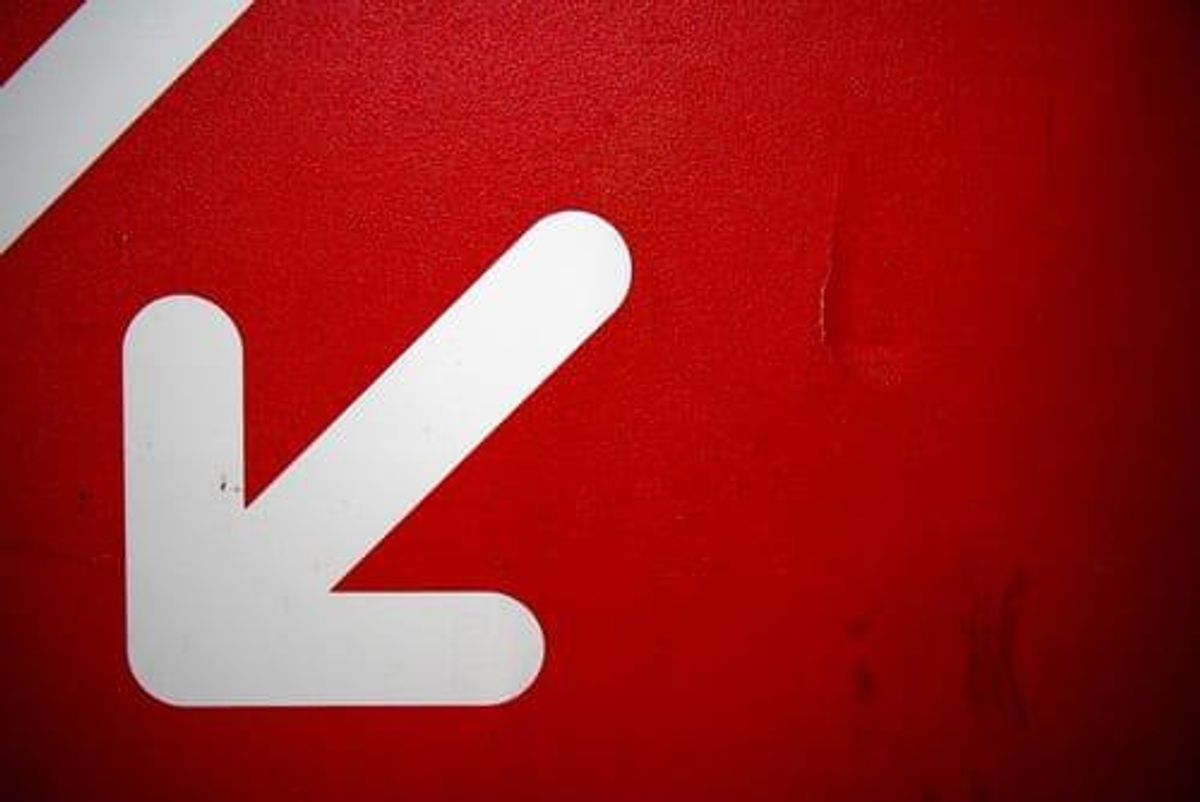
Vale announced that its Q2 iron ore production is down compared with both Q1 and the same period last year.
In an unsurprising move, major miner Vale (NYSE:VALE) announced a drop in its iron ore production during Q2 compared with both Q1 and the same period last year.
According to Vale’s most recent quarterly production and sales report, iron ore fines production in Q2 totaled 64.1 million tonnes (Mt). This represents a 12.1 percent drop from Q1 and a 33.8 percent decrease from Q2 2018.
Pellet production, which came to 9.1 Mt for the quarter, experienced similar losses of 25.5 percent from Q1 and 29.3 percent from Q2 2018.
The drop in iron ore production is not unexpected given a late January dam collapse at the company’s Córrego do Feijão mine in Brazil. Since the deadly disaster, Vale has been working to pick up the pieces but has hit several speed bumps along the way.
The bumps have included the touch-and-go situation with its Brucutu mine, which has been turned on and off in the months following the collapse.
Brucutu alone is a 30 million tonne per year operation, and given the obstacles there and at its other assets, the company has had to reduce its 2019 guidance for iron ore.
In March, the company stated that it expects an annual production impact of 93 million tonnes, along with a sales loss of anywhere between 50 million and 75 million tonnes.
Iron ore and pellet sales guidance now rests between 307 million and 332 million tonnes, a number was originally docketed at 382 million tonnes for the year.
Despite the struggle, the company managed a small victory with its Q2 sales results, as the 70.8 Mt of iron ore fines and pellets sold displayed a 4.5 increase from Q1. However, compared with Q2 2018, Vale still fell short by 18.2 percent.
As of 5:26 a.m. EDT on Tuesday (July 23), iron ore was trading at US$120.42 per tonne.
By 3:49 p.m. EDT on Tuesday, Vale shares were down 1.58 percent to rest at US$13.70.
Don’t forget to follow us @INN_Resource for real-time updates!
Securities Disclosure: I, Olivia Da Silva, hold no direct investment interest in any company mentioned in this article.
